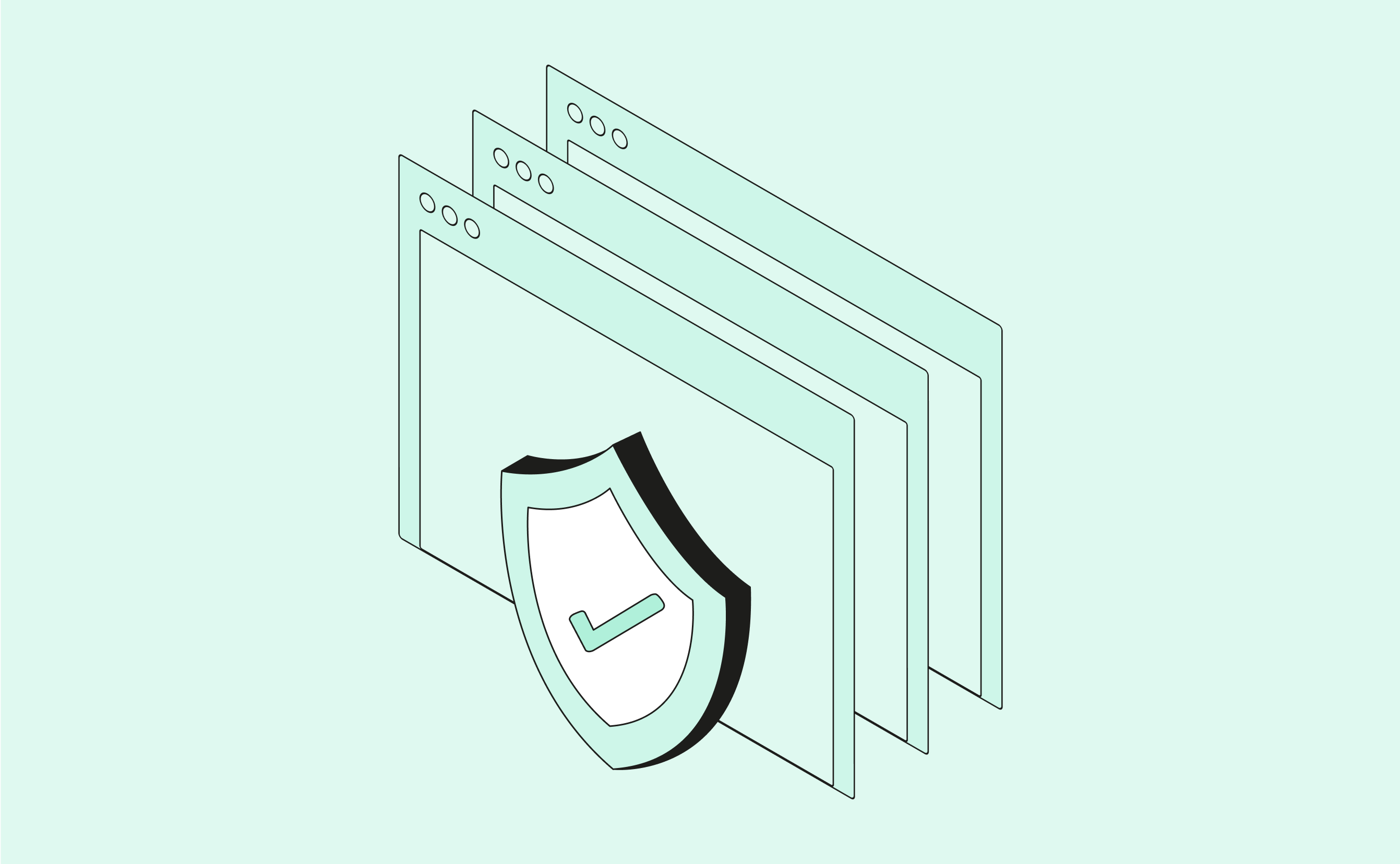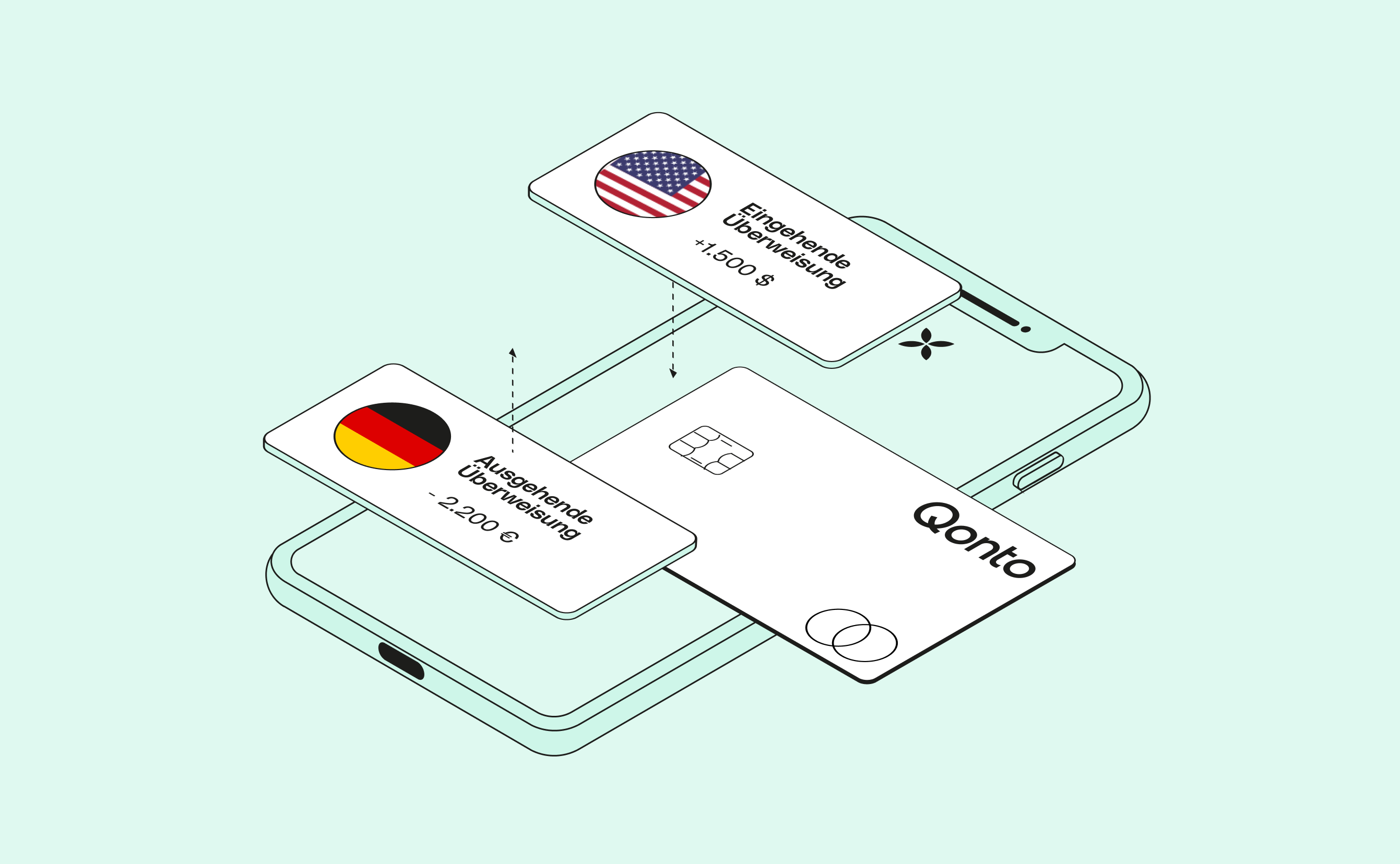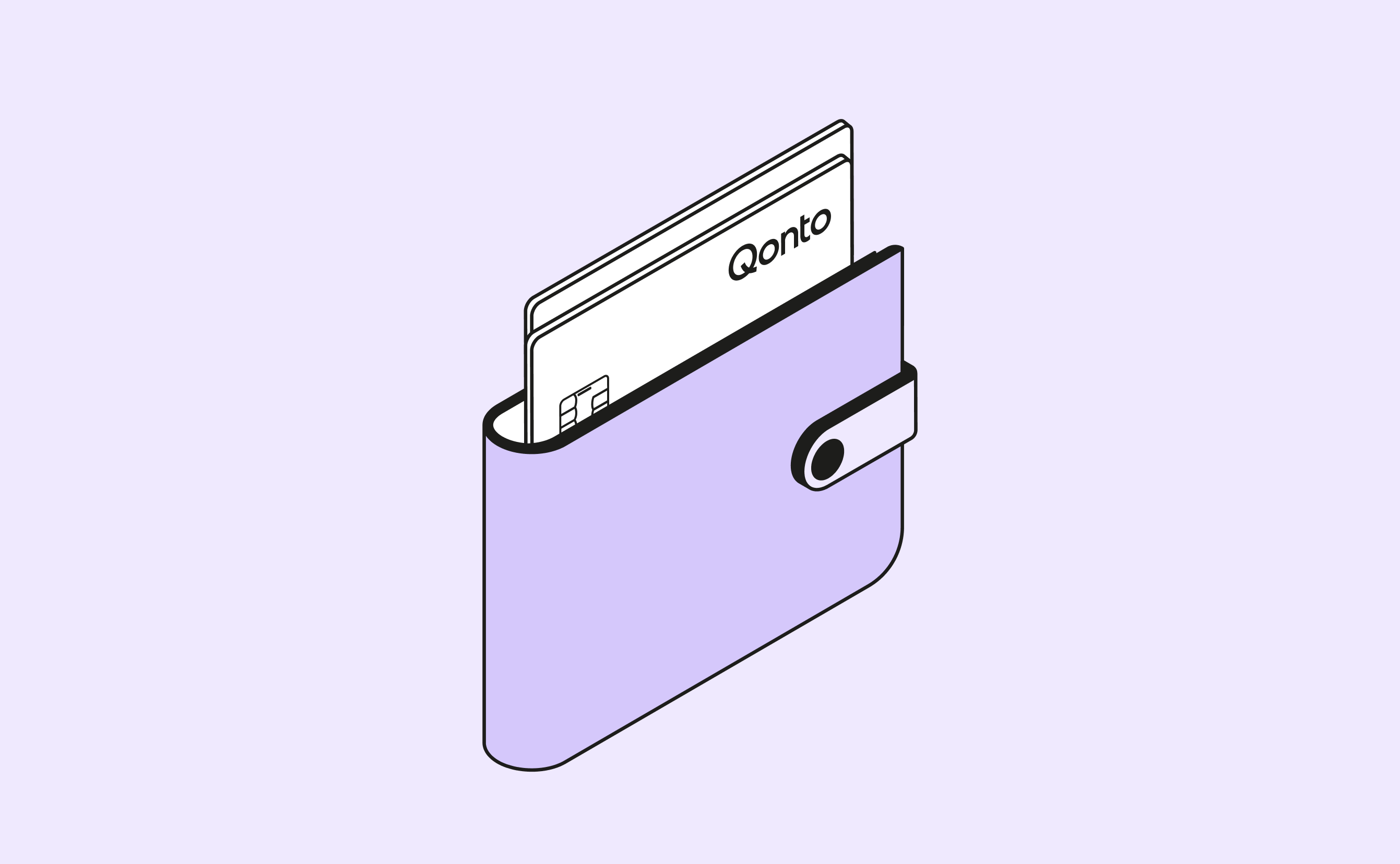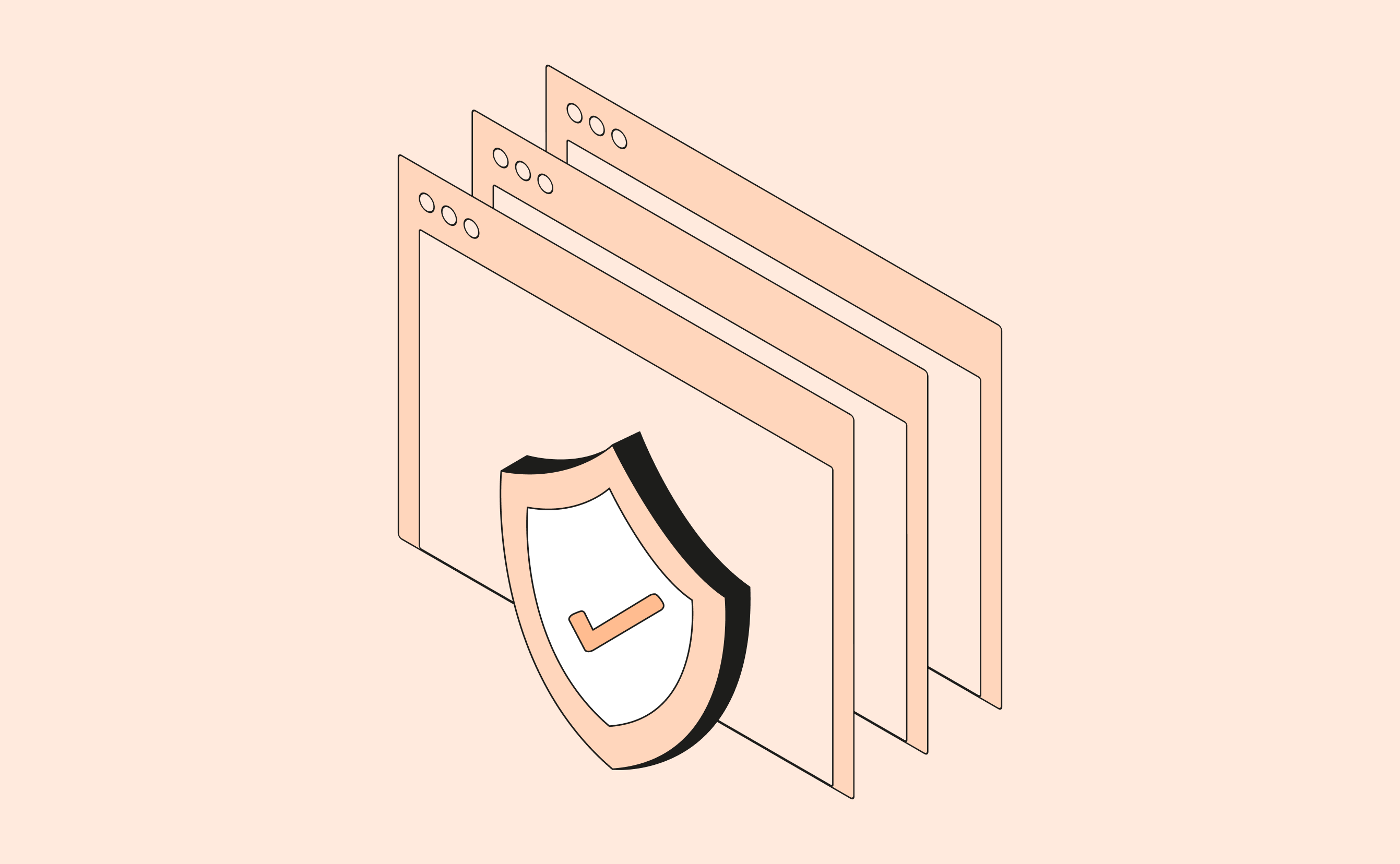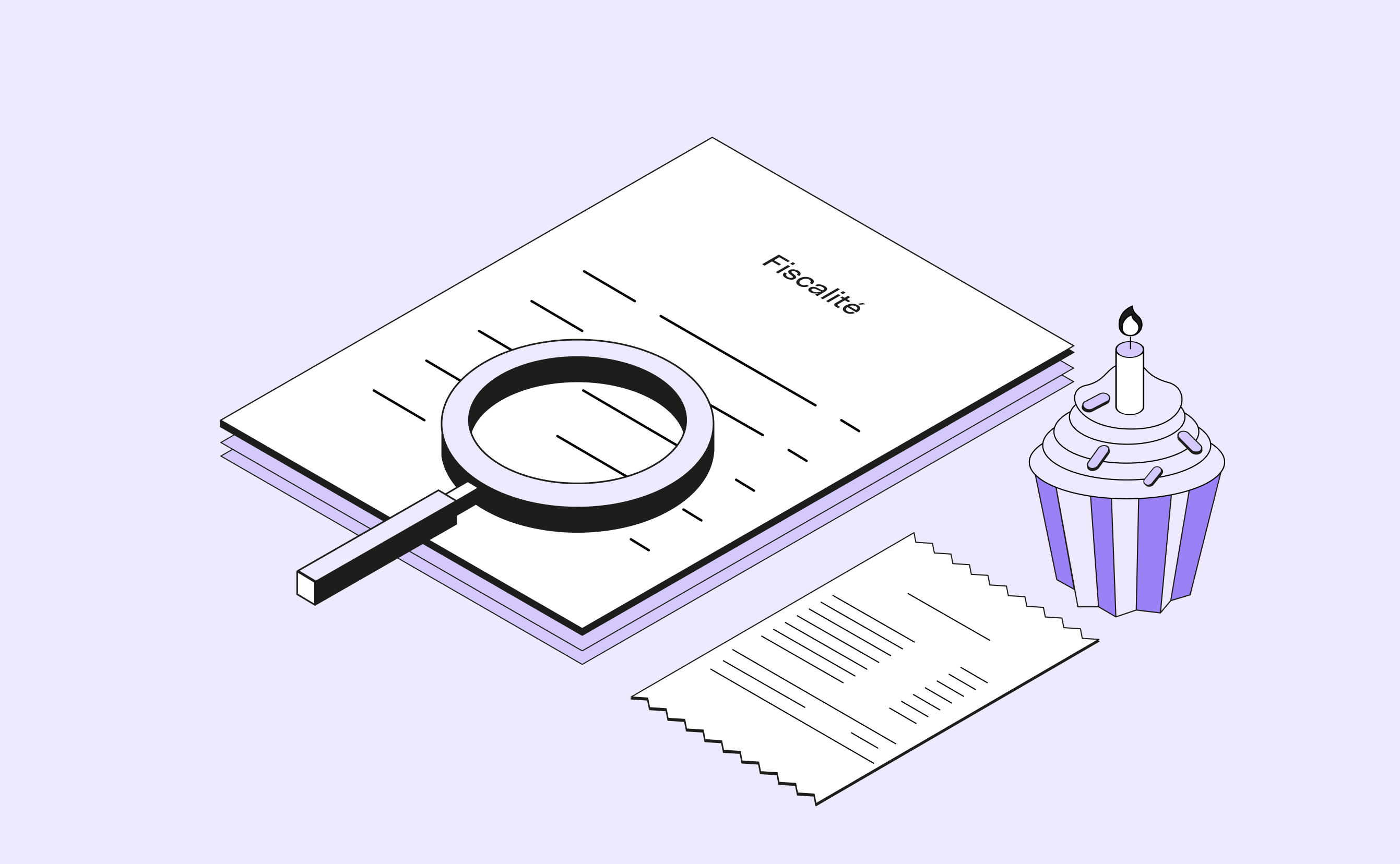Increasingly, customers are choosing to conduct their banking transactions online, both for private and business dealings. Chief among the many reasons for this is that online banking saves time: checking your balance, making transfers and setting up regular payments can all be done from home or on the go with your smartphone. No time-consuming trips to your nearest branch and you’re in full control of the decisions you make and when you make them.
1. Use a Secure Connection
Your bank’s website or app will always be the most secure way to log into your account. To double check this, when you enter in the URL, check that the address begins with an ‘s’–this stands for ‘secure’, guaranteeing the security of the connection. If your login takes you to a page beginning with ‘http’, cancel the login and contact your bank.
Activate Phishing Protection
2. Avoid Login via Public WLAN Networks or Foreign Devices
Wired LAN access offers secure protection for online banking. It’s more common now to use WiFi connections, which can come with some risks. If you wish to remain as secure as possible, avoid logging into your online account on any other network than your home network. Public WiFi does not guarantee security and often invites attackers to steal your credentials. In addition, these attacks can be difficult to trace on public networks. You are always safer on your own connection.
Biometrics and Device Linking
3. Use a Strong Password
A strong password may be more effective than you think. With a lengthy, complex password, you protect yourself from cyber attacks by giving them nothing to work with. Never incorporate any personal information into the password and ensure your password contains:
- at least eight, ideally 12 or more characters
- a combination of numbers, upper and lower case letters and special characters
Stay away from personal information because if any aspect of your password can be traced back to you, you’re giving potential attackers something to work with. Containing even a portion of your middle name means an attacker starts off with a percentage of your password characters, drastically reducing the time required to figure out the rest. With this in mind, avoid children’s names, partners, pets, significant dates, etc. It’s also important to use multiple passwords for your accounts. You might have a complex password with no personal information, but if an attacker figures it out for your social media account, they suddenly have access to your online banking account, your personal shopping account, leading to a potential disaster. Given that it’s complicated staying on top of so many complex passwords, using a password manager will take away the headache of storing them yourself.
4. TAN Procedure and Two-Factor Authentication
Two-factor authentication (2FA) provides extra protection in addition to your password. These are the three potential factors for extra security:
- Knowledge describes a PIN or password
- Possession describes, for example, a smart card
- Biometrics describes facial or fingerprint recognition
With 2FA, when you’ve entered your password you won’t log in immediately but instead be redirected to another page to complete the second factor. Access to the page is only granted once both factors are completed and approved. You can further protect yourself with multi-factor authentication, so decide which will make you feel safest when choosing your banking provider.
Protect Access Data From Unauthorised Access
No legitimate bank ever asks customers to disclose any of this information. Don’t trust anyone who does.
Still on the hunt for a secure digital business account? Apply for your Qonto Account in just 10 minutes.
5. Set a Transfer Limit
Protect yourself in the event of a security breach with a transfer limit. That way you’re only at risk of a smaller loss.
6. Log Out Safely and Clear Cache
It’s important to remember that safety principles apply when logging out, too. Make sure you actively click the logout button rather than just minimising the application and ensure even more safety by clearing your cache or browser history with each logout. Using incognito mode will eliminate the need to do this every time.
7. Update Antivirus, Operating System, Browser
Staying safe extends beyond just protecting your personal data. Make sure your smartphone and PC are well protected with reliable, regularly updated antivirus software, and that you update both your browser and operating system when they ask you to. Improved security features are often included in these updates, so you might just be ensuring your safety by doing so.
- Always ensure a secure connection before submitting any financial information online
- Download a password manager to always use complex passwords
- Clear your cache regularly, especially after using a public network
- Make sure all of your antivirus and security software is updated
